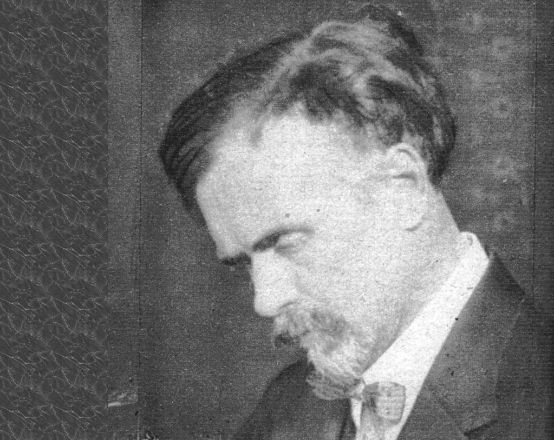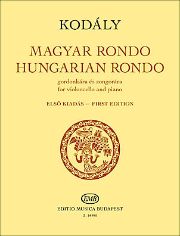Kodály first edition
Zoltán Kodály also created a version of his "Hungarian Rondo" for small orchestra for cello and piano. It is now available in print for the first time.

Composed in 1917 Hungarian Rondo is one of Zoltán Kodály's most catchy compositions: four Hungarian folk songs and an instrumental dance melody are effectively combined in rondo form.
The well-known version for small orchestra was premiered in Vienna in 1918. However, Kodály also prepared a version for cello and piano, which was first performed in Budapest in 1927 but has not yet been published.
The first edition now published by Editio Musica Budapest is a welcome addition to the cello literature. The level of difficulty of the piece is high, roughly comparable with the Three pieces for cello and piano by Nadia Boulanger. The composer is not stingy with effective effects such as pizzicati in the left hand, virtuoso runs in the high register, double stops and sonorous cantilenas in the low register. The treatment of the cello part is sometimes reminiscent of David Popper's compositions; Kodály, who plays the cello himself, must have been familiar with his cello works, as Popper taught at the Liszt Academy in Budapest.
The edition was prepared by the Hungarian cellist Miklós Perényi, who recorded the work with Dénes Várjon at the piano for Hungaroton in 2003.
Zoltán Kodály: Hungarian Rondo for cello and piano, edited by Miklós Perényi, first edition, Z. 14990, Fr. 14.70, Editio Musica Budapest 2016








